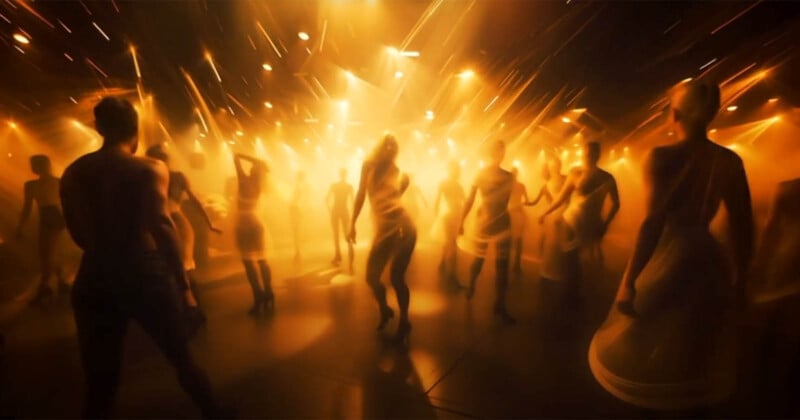I Accidentally Made an AI Music Video

When the Midjourney newsletter hit my inbox late at night, one line stood out: “Video is now live for everyone.” That was enough. Sleep had to wait.
What Happened Next Wasn’t Planned
I started animating random images from my Midjourney archive — older experiments, unfinished thoughts, visual scraps from various phases of my long-running AI project called Postcards from Pyongyang. If a still photo felt like it could move, I hit “Animate.” No prep, no strategy.
Within an hour, I had about 100 clips, all generated in-app. Total GPU time: around 12 Fast Hours. I showed them to Lea Burger, a colleague. Her response was immediate: “Let’s turn this into a music video.”
The Music Was Already There
Months ago, I created a track using MakeBestMusic, based on Korean lyrics I had written with the help of ChatGPT 4-o. It wasn’t intended for anything in particular — just part of the archive. Surprisingly, the song turned out to be a 70s-style disco stomper. Glittery, punchy, unapologetically retro.
And it clicked. The dreamy, surreal motion from Midjourney paired oddly well with that sound.
We dropped everything into Final Cut Pro. No grading. No effects. Just rhythm, timing, and raw material.
Total production cost (excluding time): $30. Total time: one evening.
Midjourney’s First Video Release: A (Very) Quick Review
Yes, it’s a V1. But it’s surprisingly solid.
The interface is minimal – a single “Animate” button inside the familiar image grid. You choose Low Motion or High Motion, and the tool generates 5-second clips (up to 21 seconds on reroll). Everything runs in-browser. No timeline. No layers. No learning curve.
That’s the real strength here: It’s accessible. It’s simple. And it gets results – fast. You don’t need animation experience. You don’t need a workflow. You just need a good still and an instinct for movement.
The output isn’t perfect. But it’s good enough to surprise you. This isn’t just frame interpolation – the system adds motion that feels directed. Clothes sway. Lights flicker. Water moves like intention was involved. Not realistic, but emotionally suggestive.
Here are some of my first-try animated clips:
Some of the limits are obvious:
- No audio
- No timeline or timing control
- Output resolution is 480p (for now)
- Glitches in complex scenes, especially in High Motion
But here’s the point: It gives you usable video in seconds, with zero setup, and a clear visual identity. Midjourney isn’t trying to be a full animation suite. It’s a creative reaction space – fast, direct, and surprisingly expressive.
That’s why it works. It’s not about control. It’s about momentum. And sometimes that’s all you need to start.
That’s how this music video came together: One evening. A few clicks. A tool that doesn’t get in your way.
The opinions expressed in this article are solely those of the author.
About the author: Stephen Obermeier is a 3D artist in the field of architecture, a freelance photographer in his ad agency, and an AI experimenter. You can find more of Obermeier’s work on his website. This article was also published here.